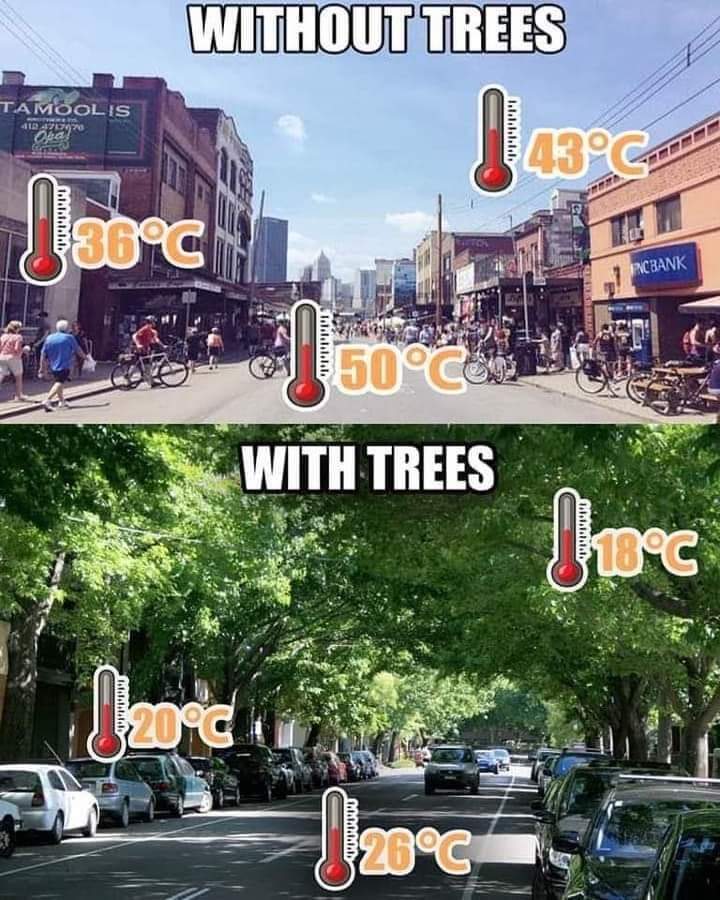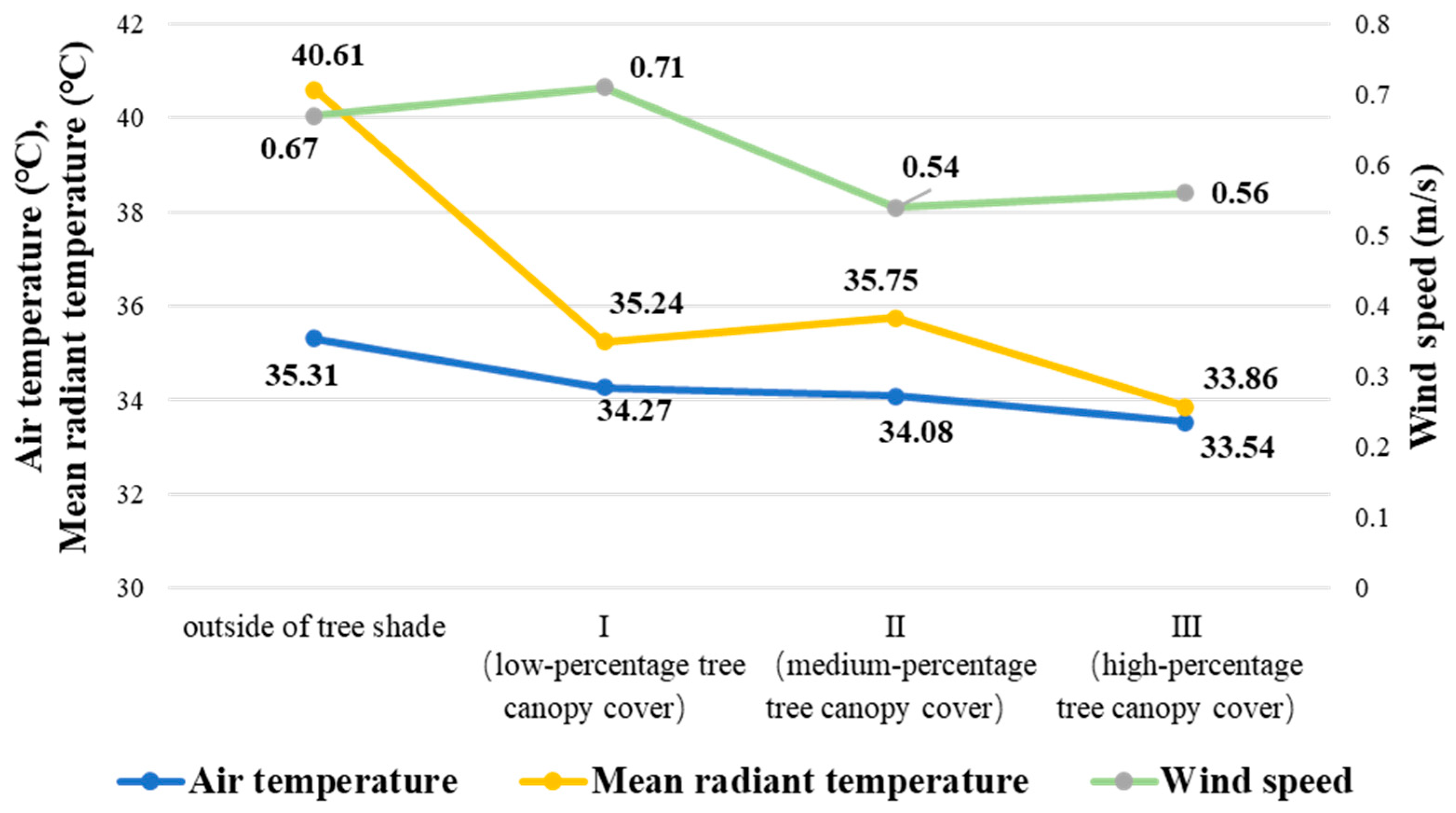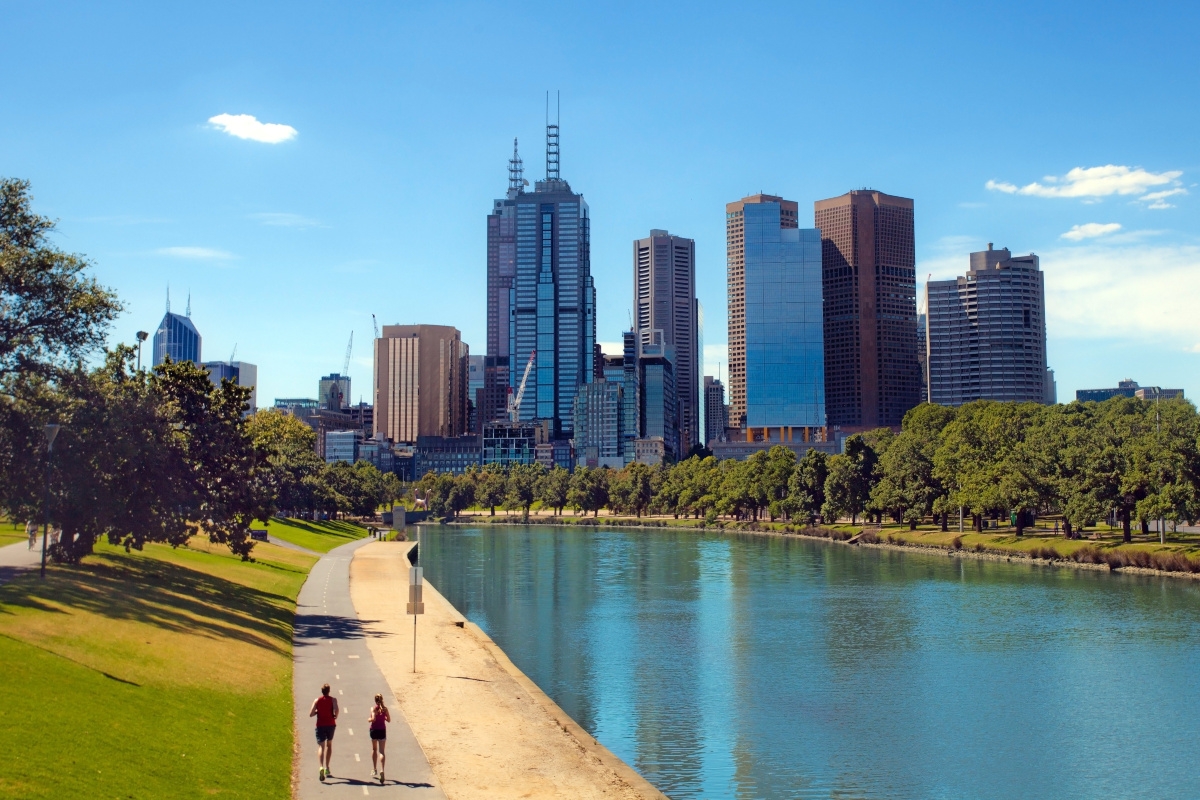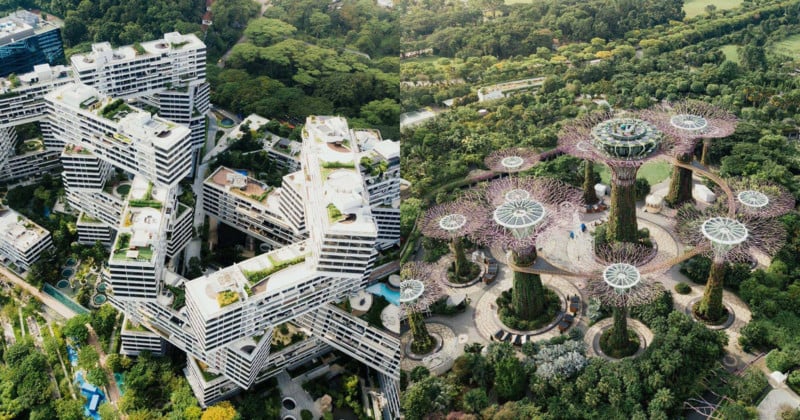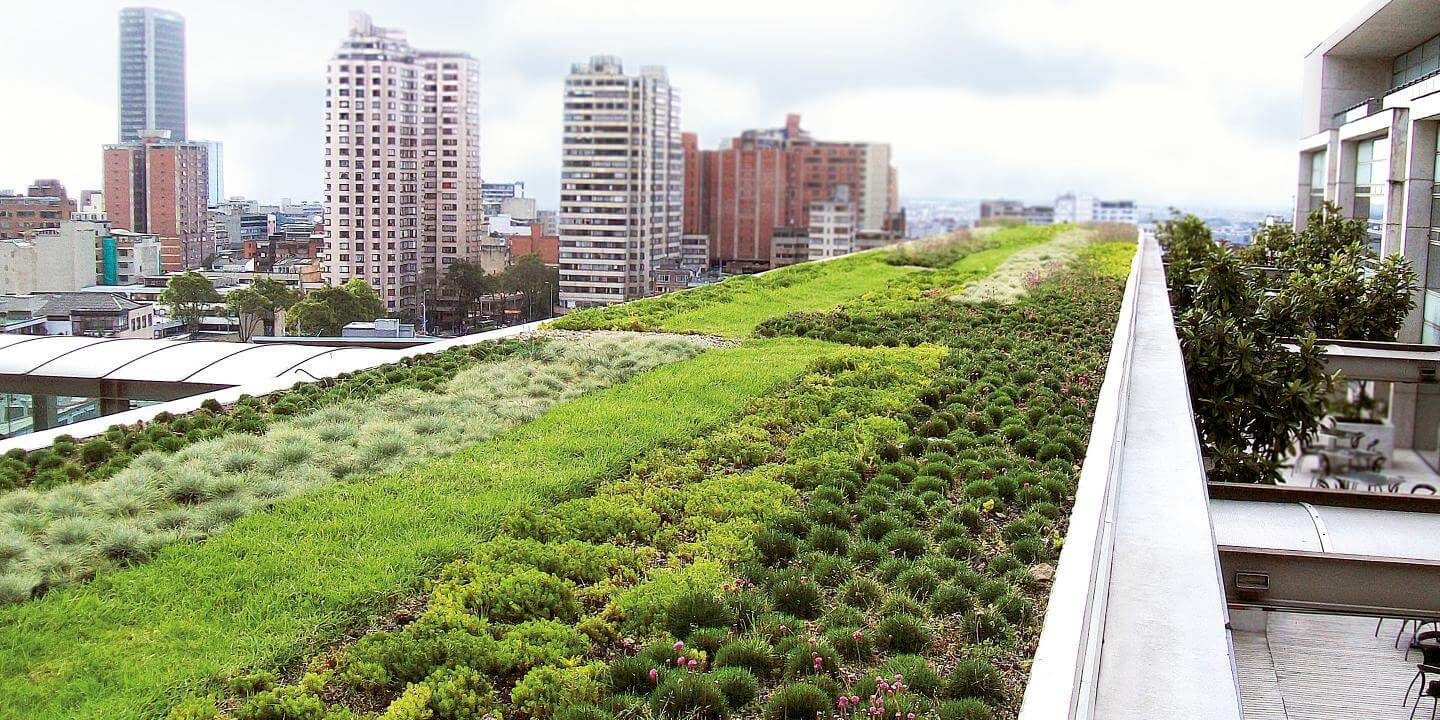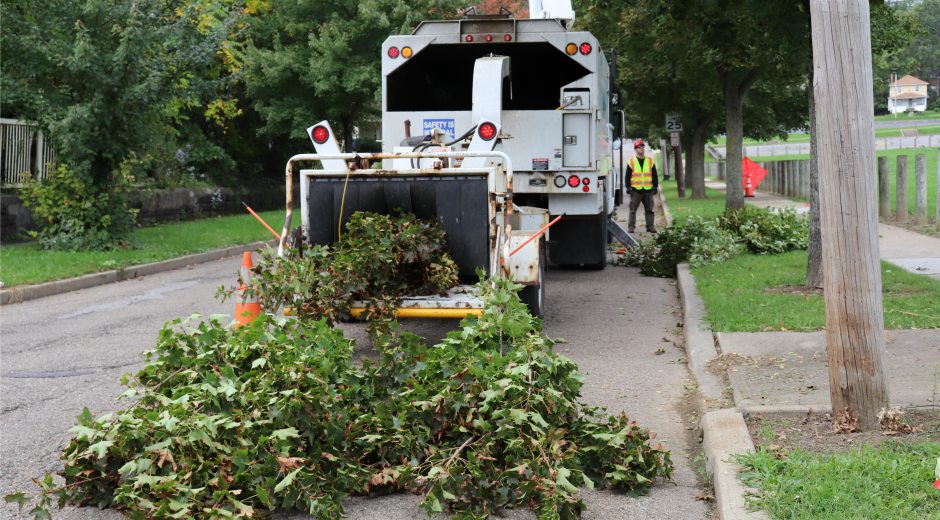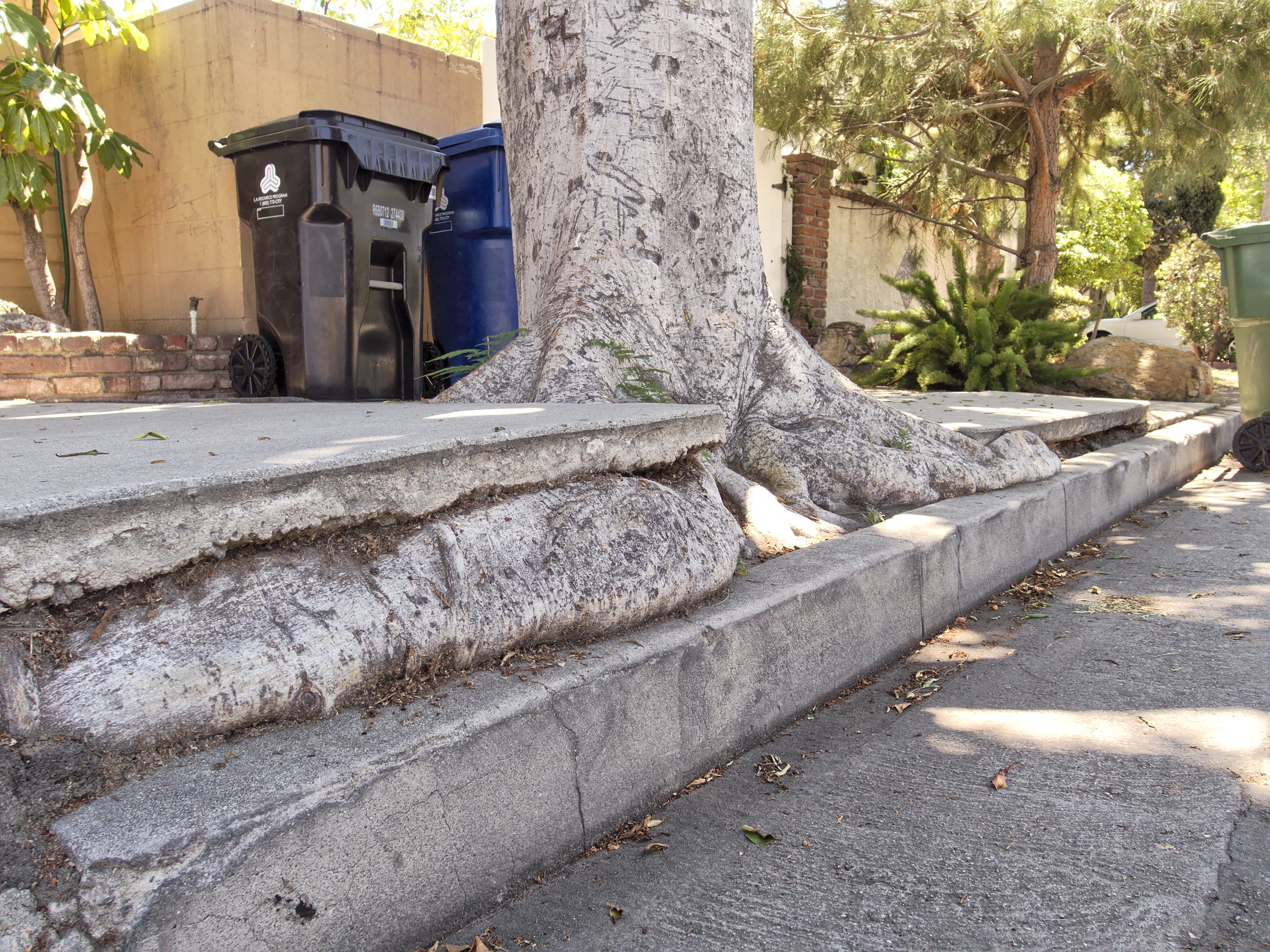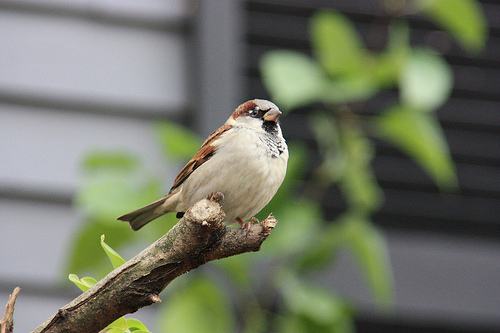Clear Your Land. Protect Your Property.
Tree stumps aren’t just unsightly. In Western North Carolina’s wet, humid climate, they rot fast, draw pests, and spread disease. Left alone, they can lower property value and damage surrounding plants, structures, and soil.
At Brown’s Arbor Care, we’ve spent years refining our stump grinding methods for Asheville’s terrain—from tight city lots to rocky hillsides.
Why Stump Removal Matters in WNC
🏡 Improve Property Value and Appearance
- Curb Appeal: Removing stumps can raise home values by up to 10% in Asheville’s hot housing market.
- More Usable Space: Reclaim room for gardens, patios, or play areas.
- Clean Lines: Create a tidy, intentional landscape that complements your home and mountain views.
🐜 Stop Pests Before They Spread
- Termites: Stumps rot quickly and attract wood-boring insects.
- Carpenter Ants: Common in this region, they move from stumps to trees and homes.
- Fungus and Disease: Rotting stumps fuel fungal growth that can spread to healthy trees.
🌱 Get Ready to Build or Plant
- Landscaping: Clear space for native plants or vegetable beds.
- Protection: Prevent root damage to foundations and walkways—especially important on slopes.
- New Projects: Prep land for sheds, patios, or drainage work.
⚠️ Avoid Safety Risks
- Trips and Falls: Stumps are hidden hazards, especially on uneven ground.
- Equipment Damage: Save mower blades and tools from avoidable impacts.
- Keep Kids and Pets Safe: Remove hazards before they cause harm.
Why Choose Brown’s Arbor Care?
We’re based in Asheville and know the region’s soil, slope, and seasonal challenges.
- Mountain-Ready Equipment: Our grinders are built for hard clay and rocky ground.
- Clean Practices: We follow Buncombe County rules for wood chip disposal or repurpose them as mulch.
- Steep Lot Experts: We work safely on sloped and hard-to-reach terrain.
- Complete Cleanup: We rake chips back into the hole or haul them away—your call.
What to Expect
1. Free Assessment
We visit your site to examine stump size, wood type, and location.
2. Transparent Quote
You’ll get clear pricing based on diameter and access, no surprise fees.
3. Utility Marking
We contact NC811 to mark all underground lines before work begins.
4. Fast, Safe Grinding
Most stumps take under two hours. We work with care and precision.
5. Final Cleanup
We leave the area level and ready for new use.
FAQ: Stump Grinding in Asheville
How deep do you grind?
We grind 6–8 inches deep. That’s enough to stop regrowth, even from aggressive trees like sweetgum and poplar.
Should I ever keep a stump?
Sometimes, yes:
- Wildlife Habitat: In wooded areas, stumps can house helpful insects.
- Rustic Gardens: Some use them as planters or design features.
- Remote Locations: If there’s no hazard, grinding might not be urgent.
- Historic Sites: Older stumps can hold cultural or design value.
We’ll talk through your goals and offer honest advice.
Will grinding damage my irrigation or drains?
No. We use care around buried systems and take extra precautions on sloped land.
What happens to the chips?
You choose. We can leave them in place, rake them into the hole, or haul them off.
When’s the best time for stump removal?
Winter and early spring work best—just before planting season starts.
What does it cost?
Most stumps cost $150–$350 depending on size and location. Quotes are free.
Reclaim Your Property Today
Don’t let stumps block your view, steal your space, or damage your landscape. Brown’s Arbor Care serves Asheville, Candler, Black Mountain, Waynesville, and beyond.
📍 Serving all of Western NC
📅 Year-round scheduling
☎️ Call 828-407-0656
Brown’s Arbor Care. Keeping Asheville beautiful, one yard at a time.

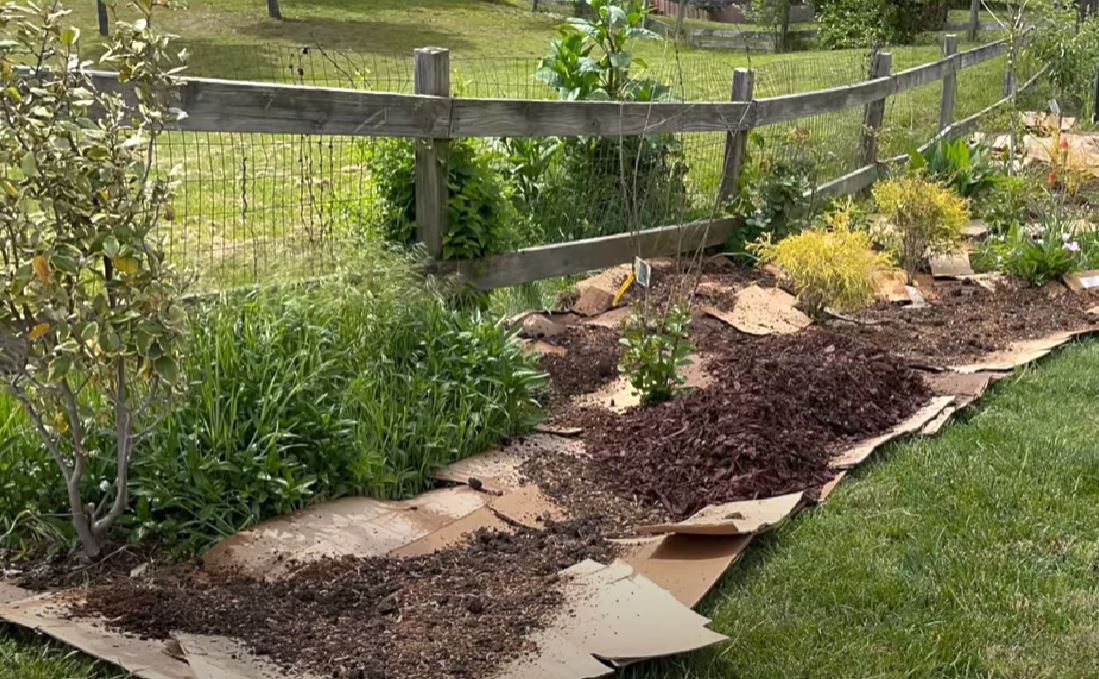










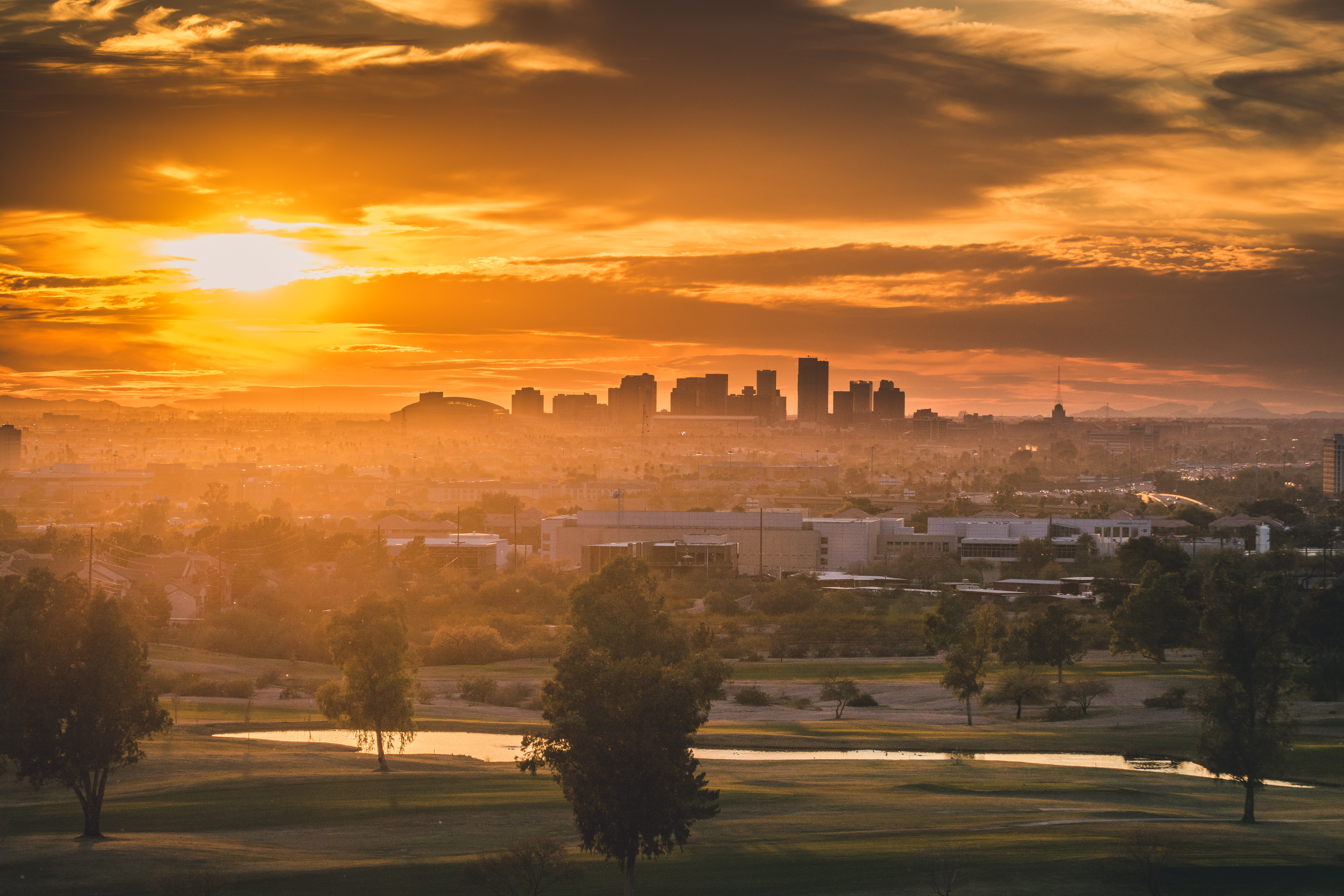
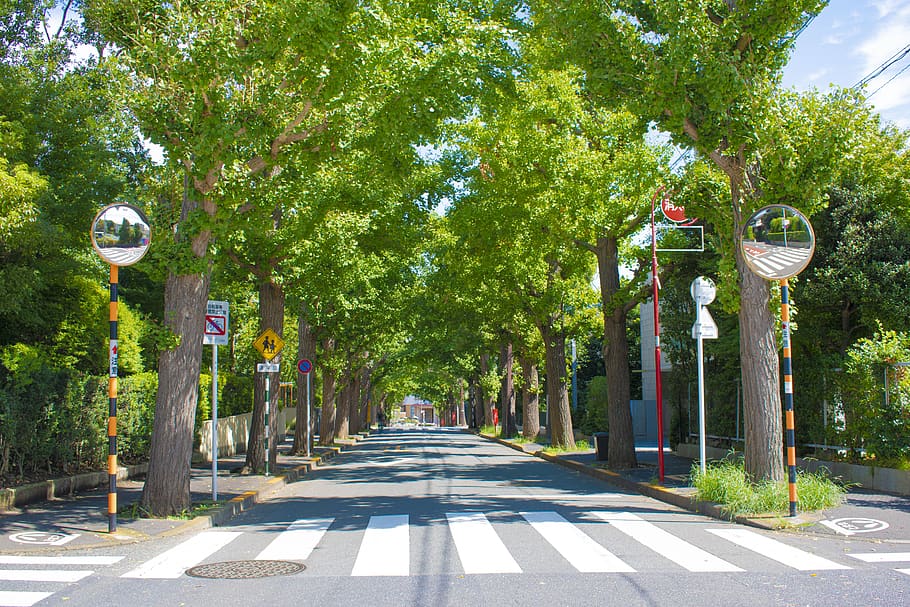


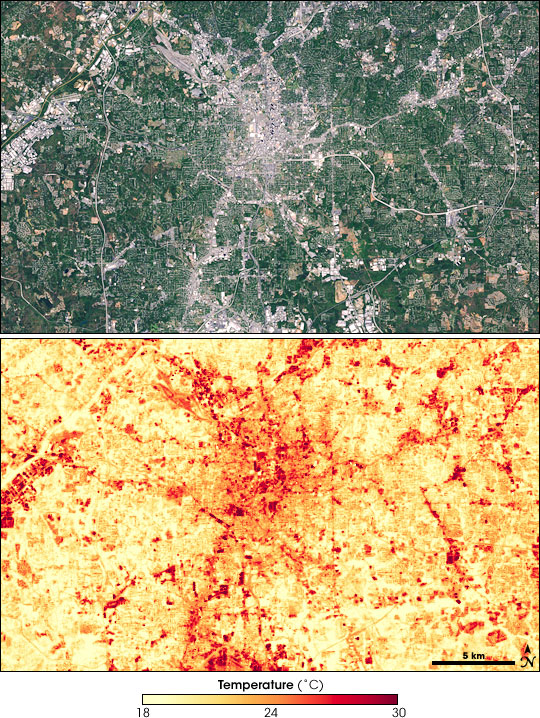
:format(webp)/cdn.vox-cdn.com/uploads/chorus_image/image/56814733/shutterstock_262710809.13.jpg)

